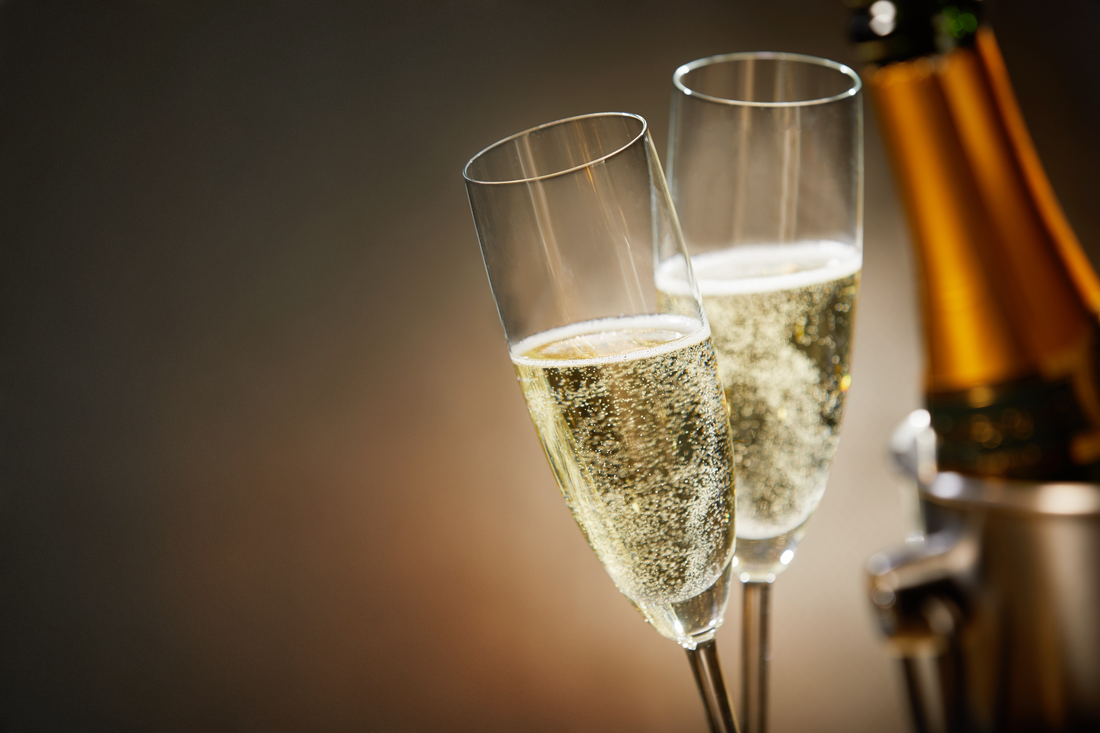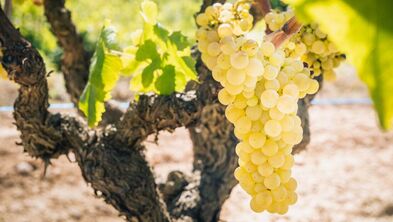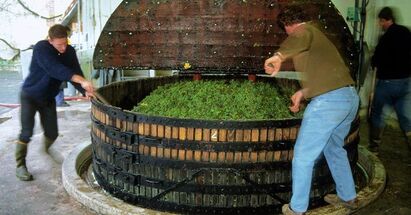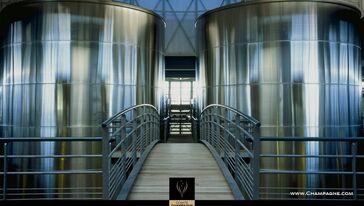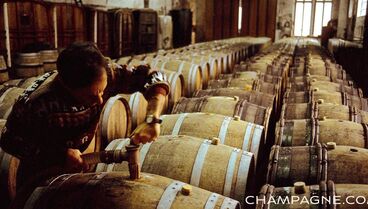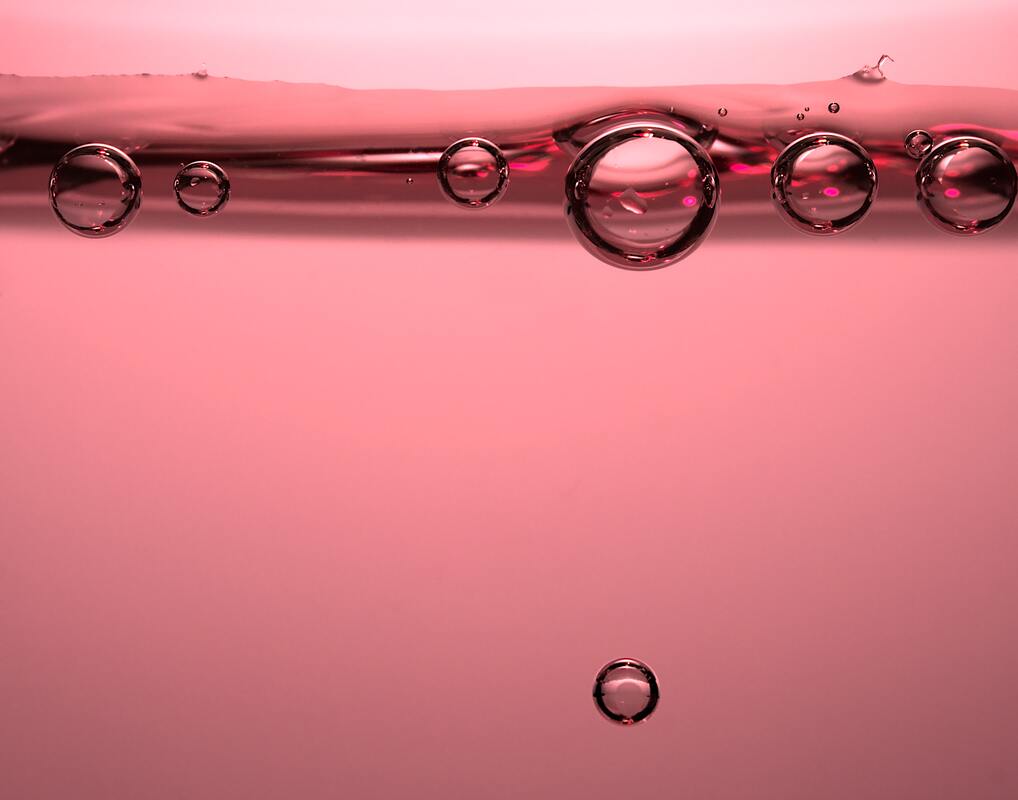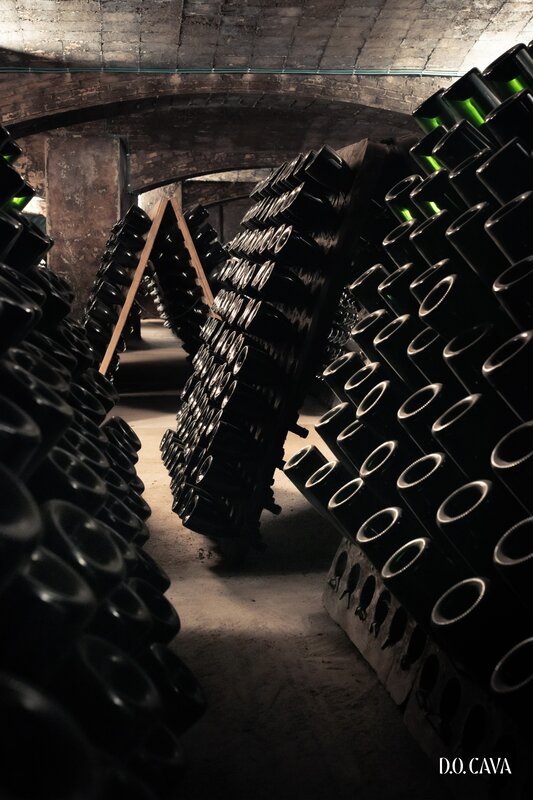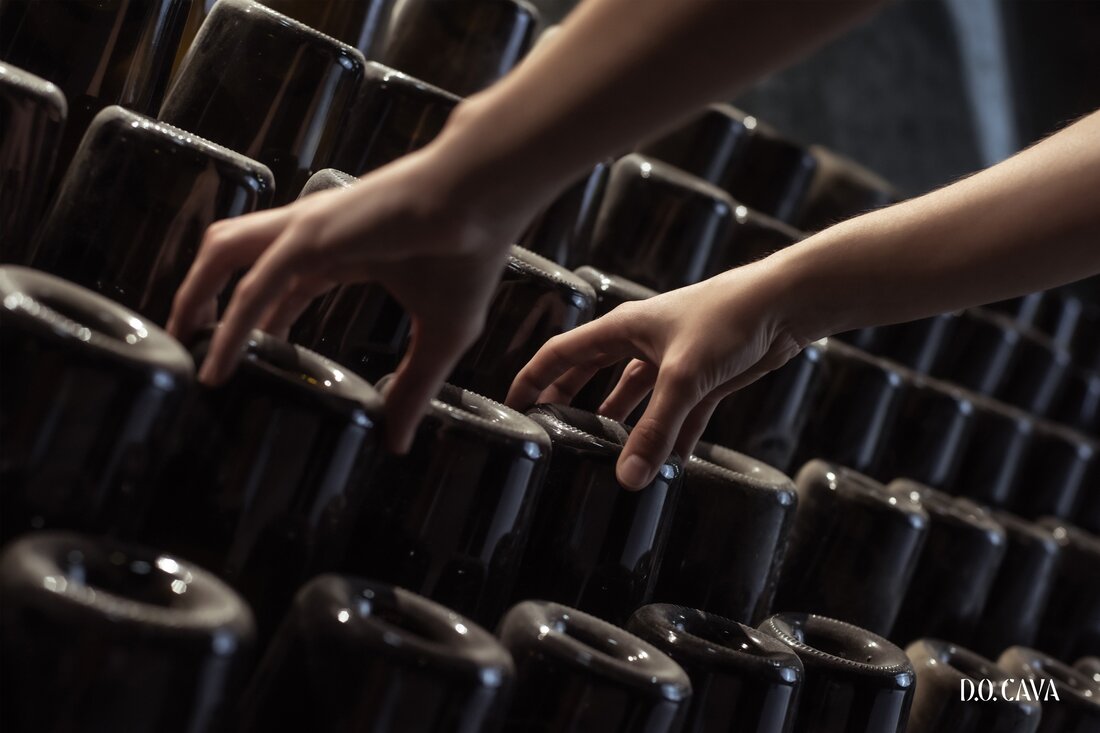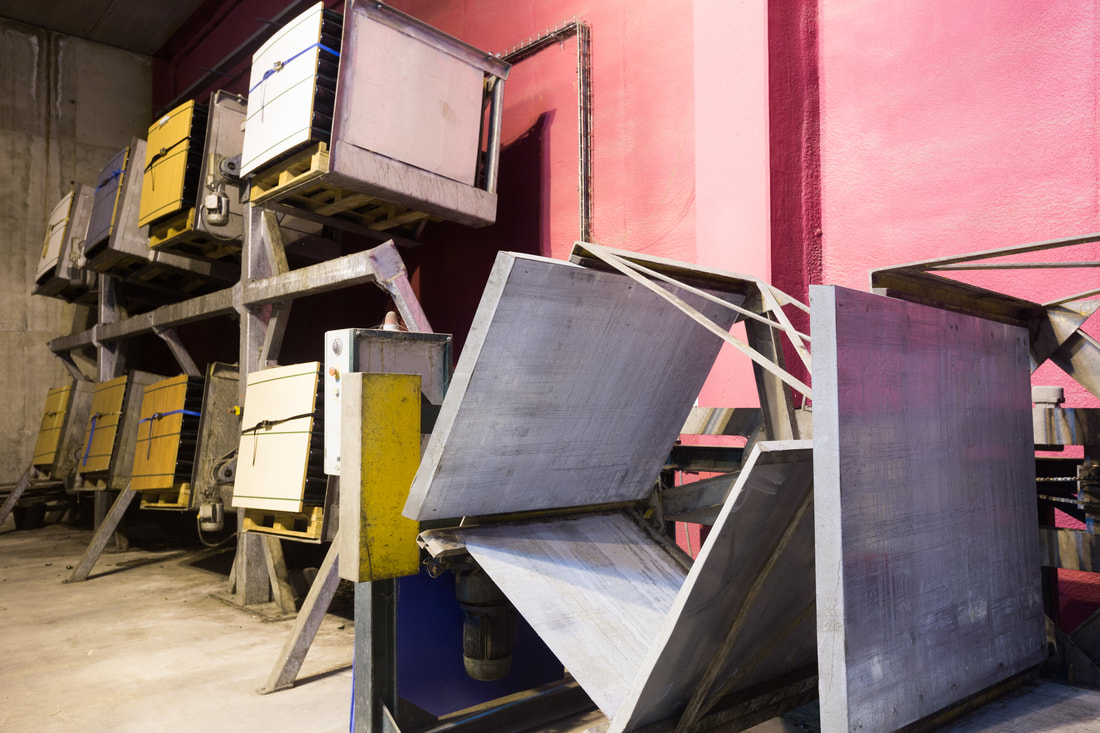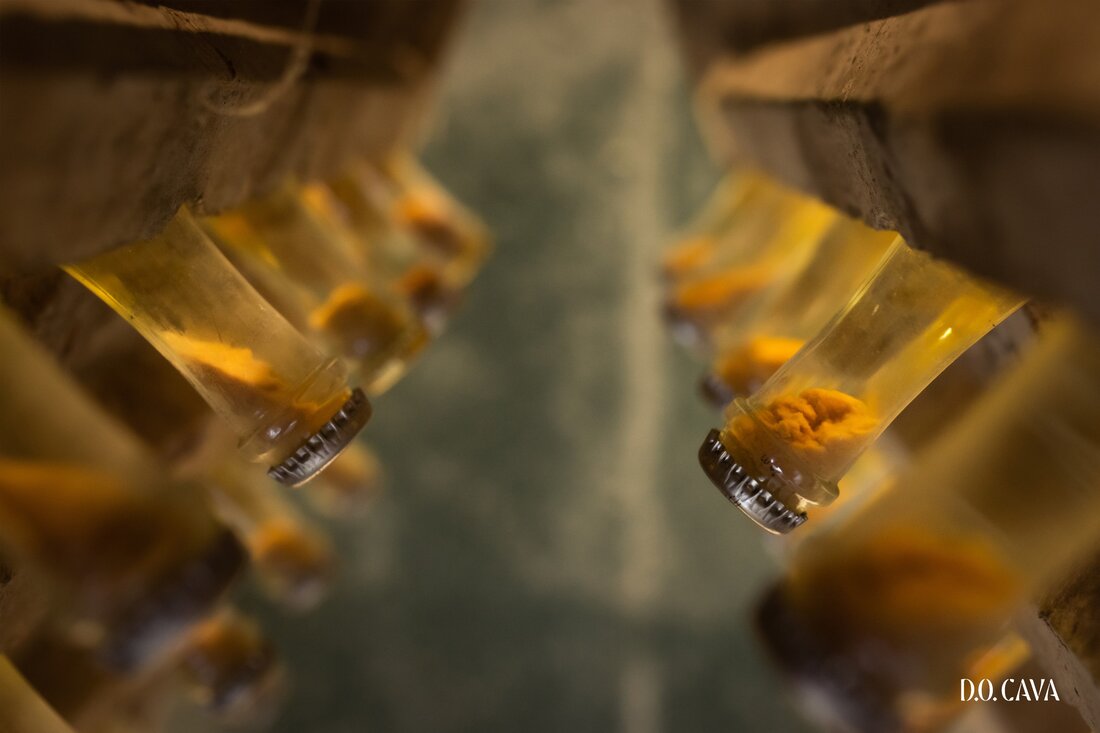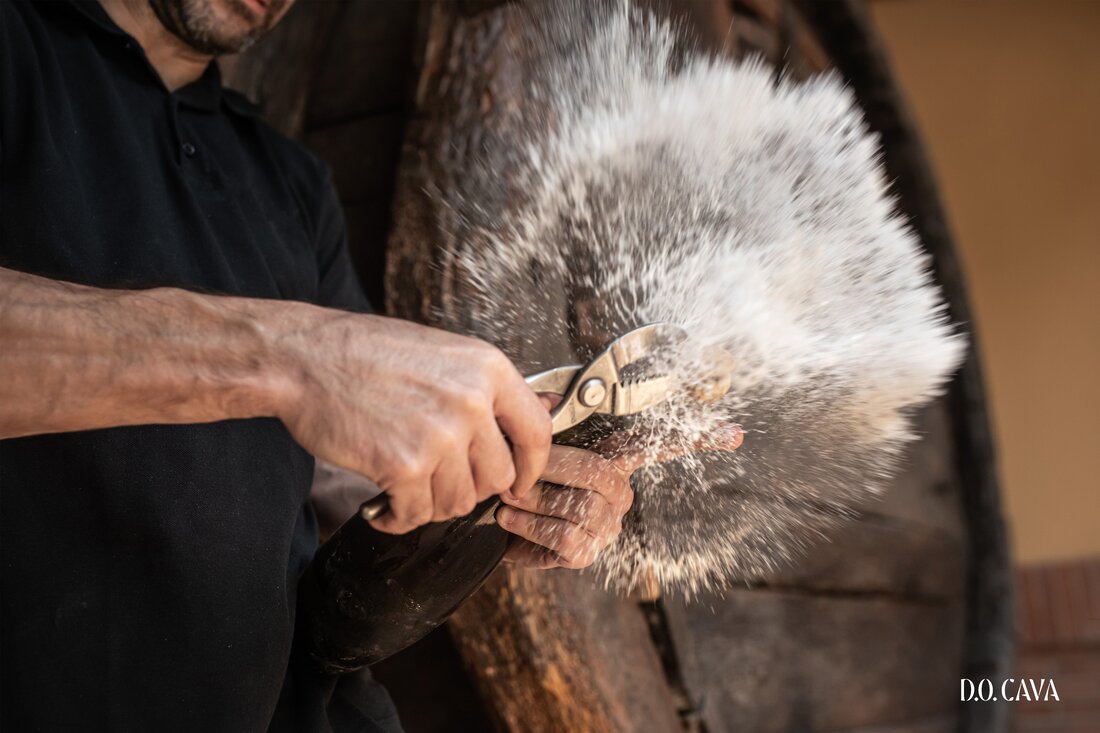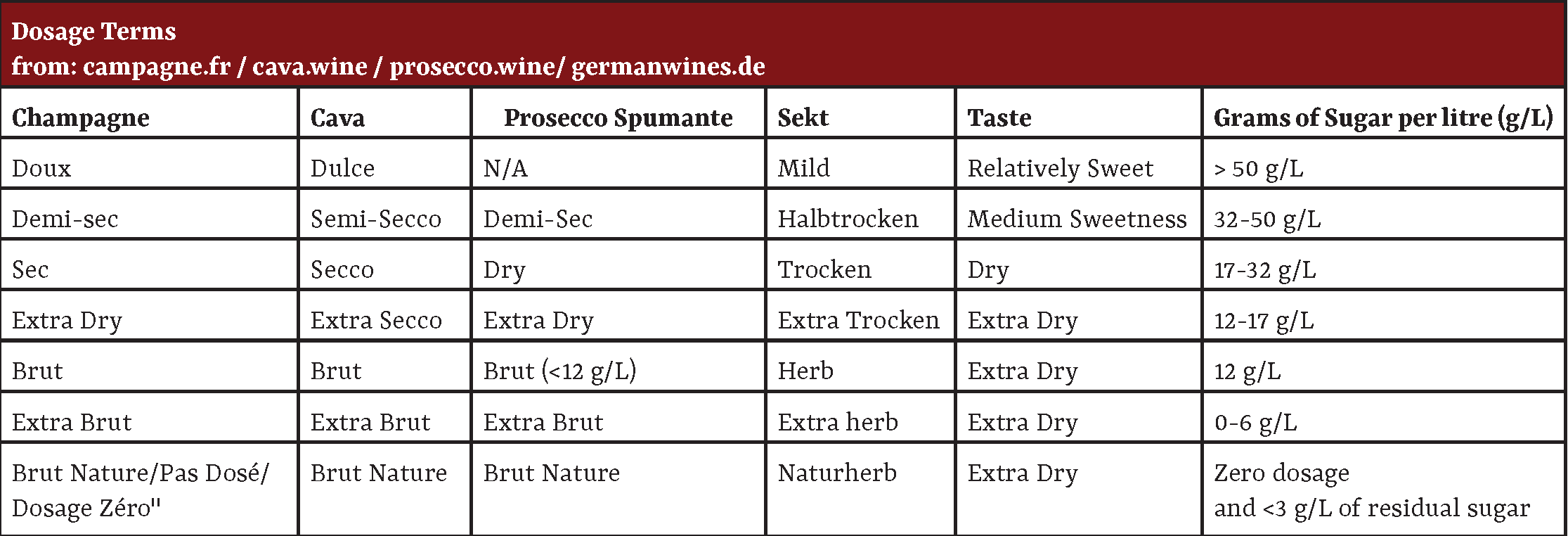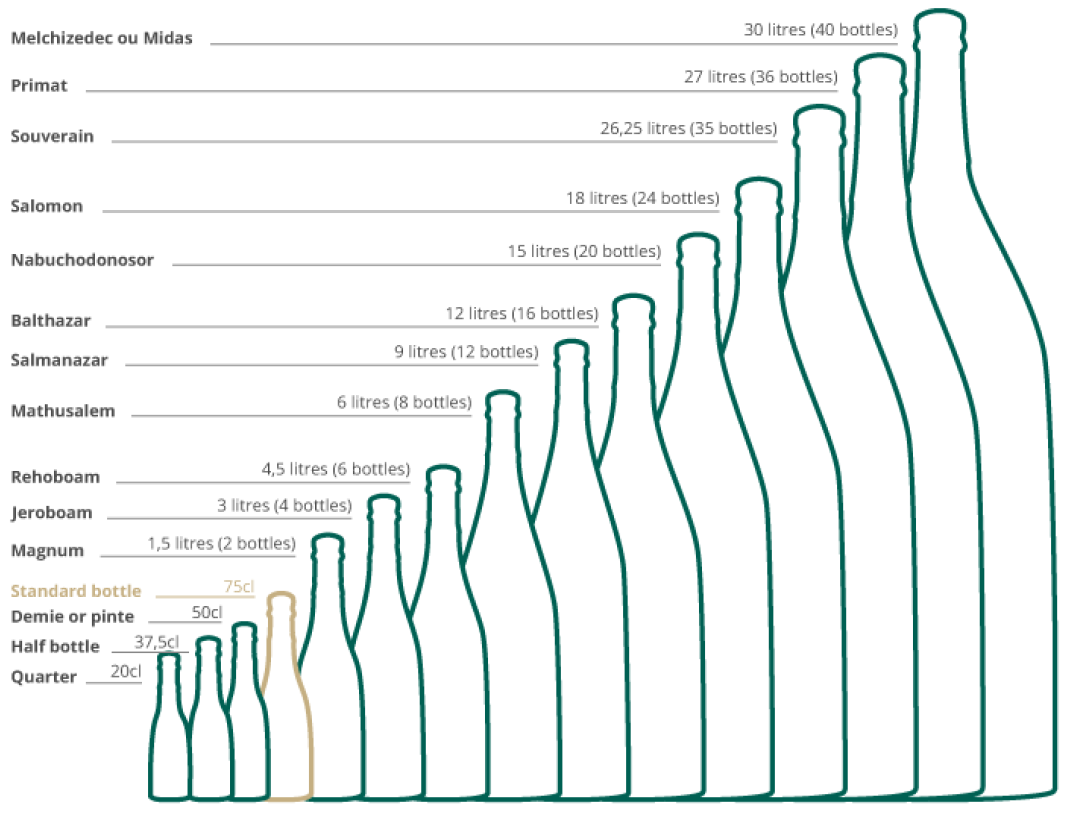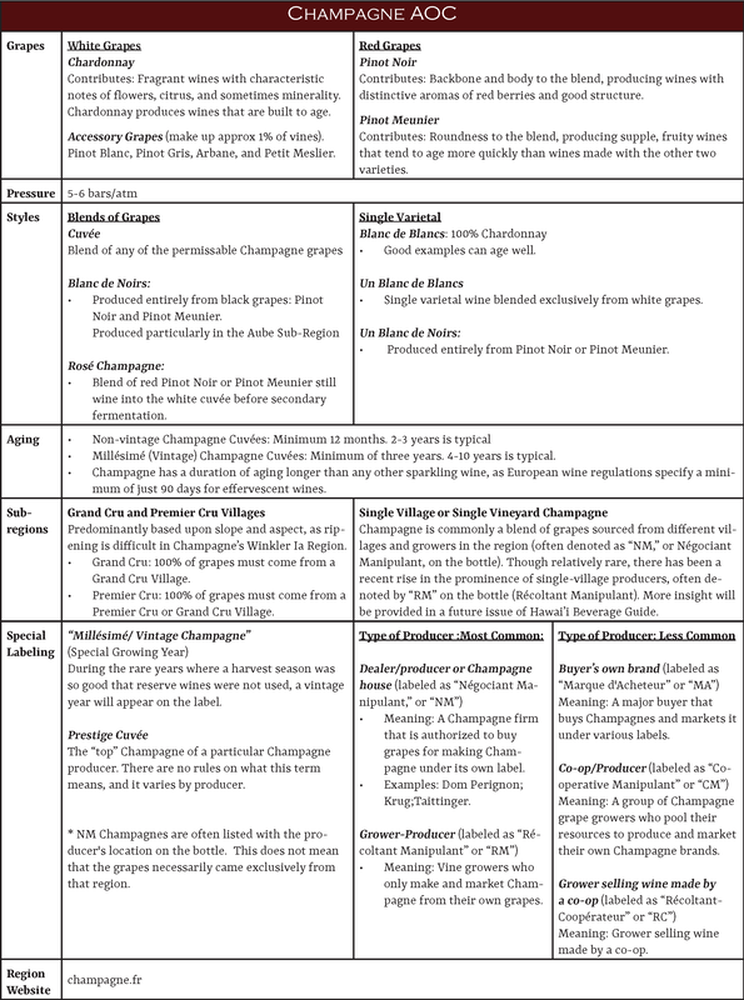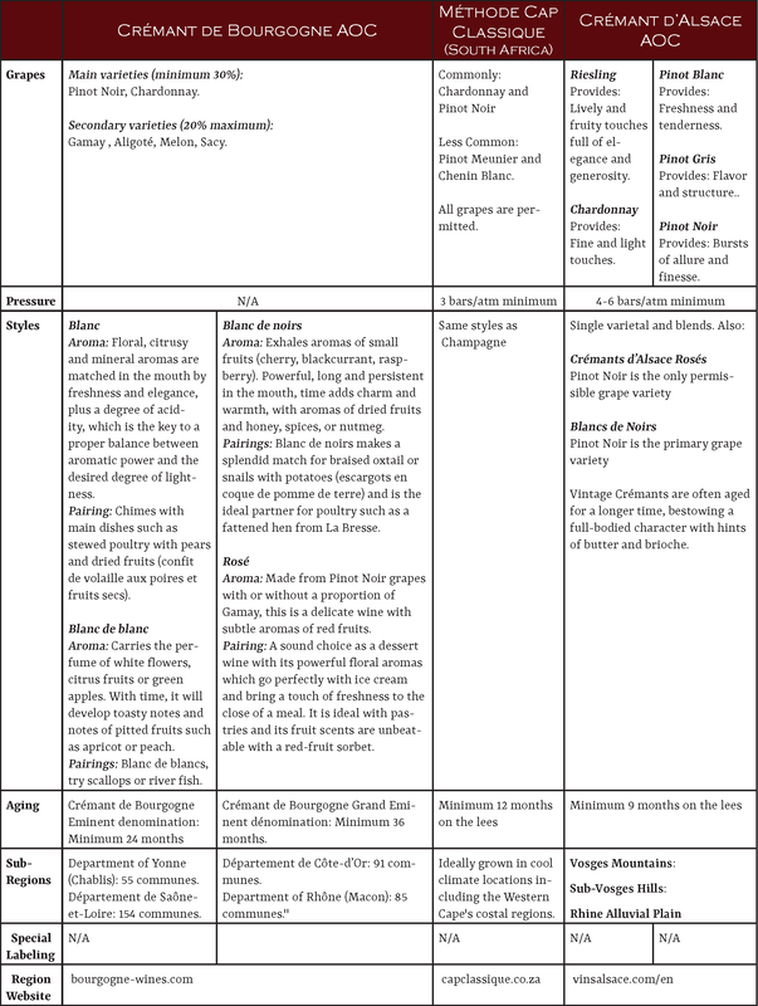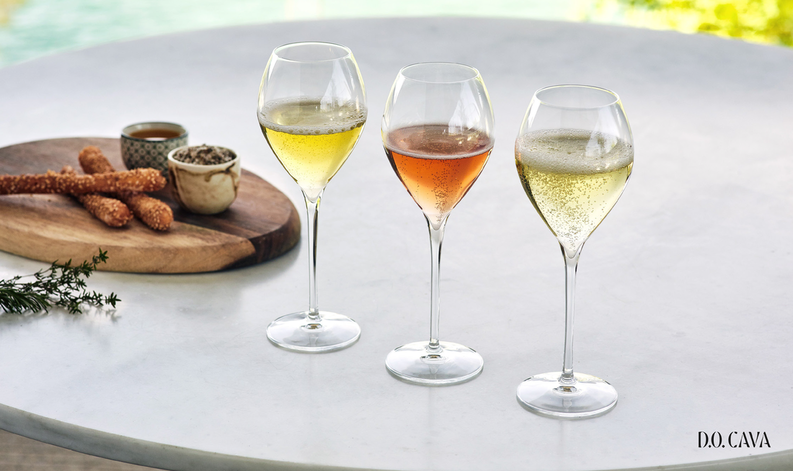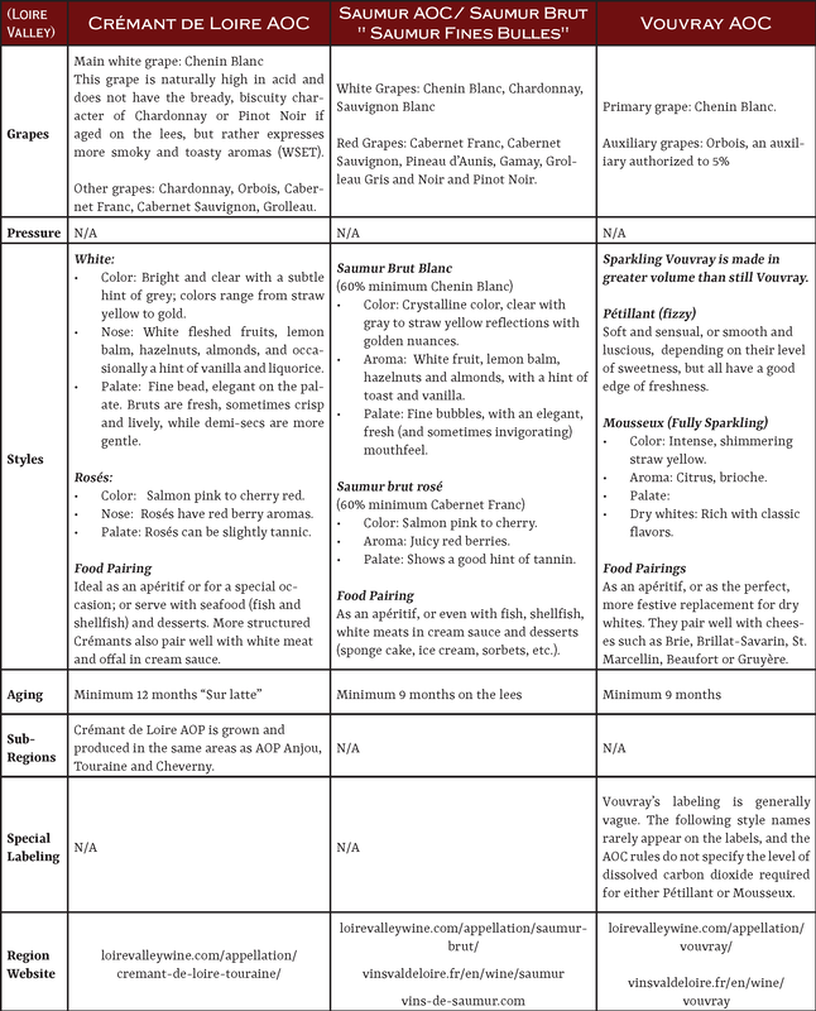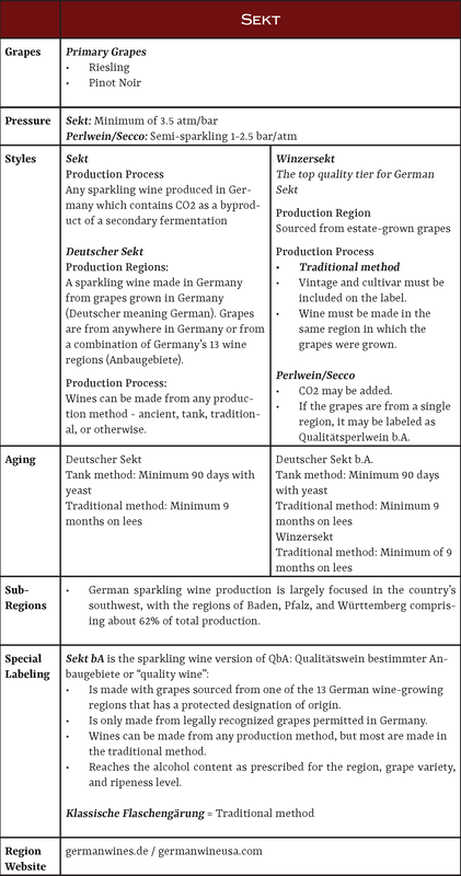Sparkling Wine
Sparkling wine mainly differs from still non-effervescent wine by the presence of the bubbles rising through the liquid and aerosolizing aroma compounds.
There are a few great perspectives on sparkling wine making. The following is a combination of the three, with additional references and sources. These are:
There are a few great perspectives on sparkling wine making. The following is a combination of the three, with additional references and sources. These are:
- Jackson, R. S. (2008). Wine science: principles and applications. Academic press.
- Zoecklein, B. W. (1998). A review of methode champenoise production.www.apps.fst.vt.edu/extension/enology/downloads/463-017.pdf
- Jeandet, Philippe. (2011). Sparkling Wine Production. www.researchgate.net/publication/278303662_Sparkling_Wine_Production

